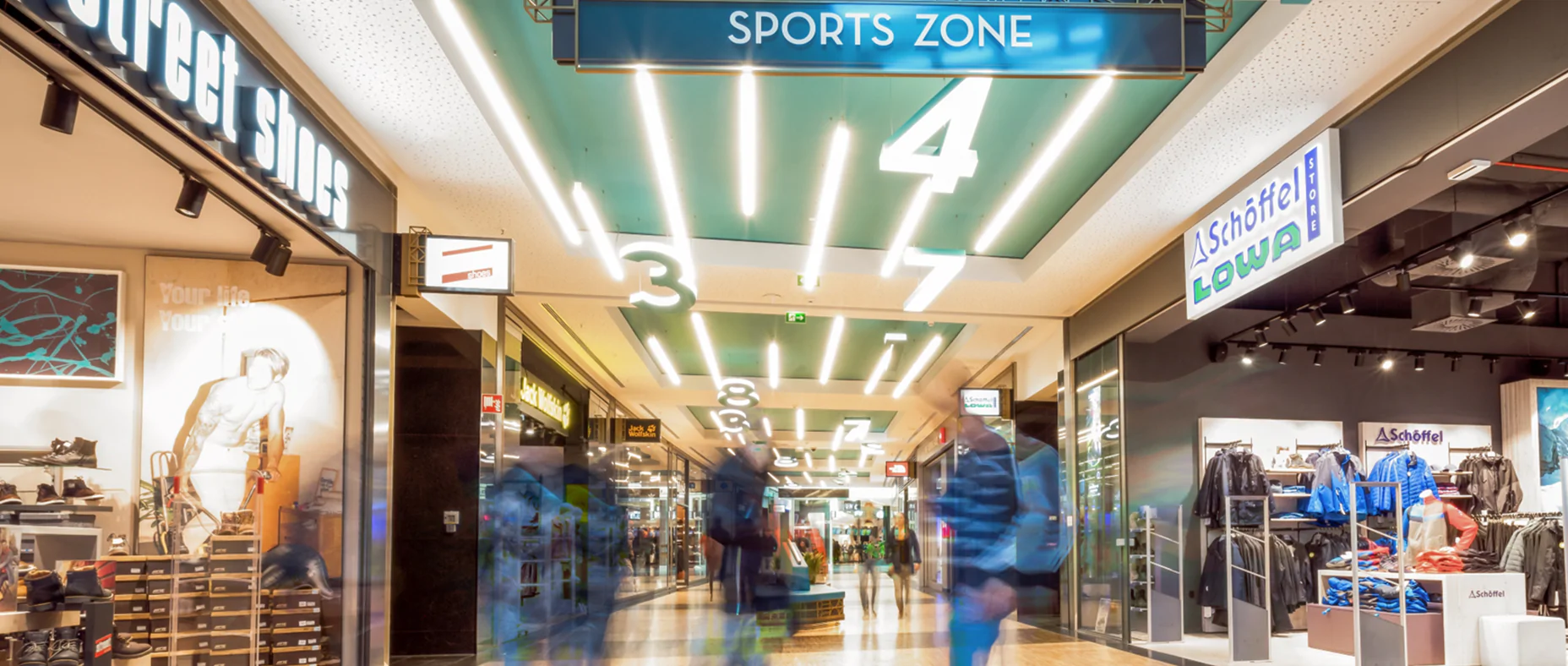2021 Property Management
The new Anchors in retail real estate

The new Anchors in retail real estate
Download pdfRecent headwinds facing the retail sector – exacerbated by the impact of Covid-19 – have affected the make-up of shopping centres. The traditional anchors of yesteryear, such as hypermarkets or department stores, have often been rendered obsolescent by e-commerce.
Rather than replacing them with other fashion or retail brands, shopping centre owners are today charged to consider a much broader landscape of potential occupiers, including non-retail tenants and alternative asset classes.
Furthermore, urban shopping centres are increasingly forced to take into account the evolving needs and wants of their visitors; how they perceive the shopping journey; and what role retail assets play in the urban landscape
Thanks to three decades of experience in the world of retail real estate, Sonae Sierra has built crucial relationships with important tenants over the years, whilst charting the evolving occupier scenario, and pioneering the shift towards new anchor types.
Across retail-led and mixed-use properties, our cross-disciplinary teams can access the latest research and know-how in order to discern the right anchors for a scheme. Today, leasing objectives must not only seek economic benefits and surf key trends, but also contribute synergies to changing catchment areas.
From hospitals, dance schools, sports facilities and water parks, the universe of anchor possibilities has never been more diverse or more exciting.
Where anchors are able to respond to work, play and live demands, they become increasingly irreplaceable, attracting high-frequency and high-loyalty visits, while accessing an ever-broader range of potential occupiers.
- Shopping centres which embrace the world of non-retail gain access to a broad and compelling world of potential occupiers
- Modern leasing strategies which consider an asset’s evolving role in the urban environment are more likely to engage with the right anchor types
- Projects become more resilient when the tenant mix is dynamic and diverse, providing a hedge against economic headwinds
Case Studies
Related Topics
Share this page
This site may have content that is not translated for your language. The English version will be displayed instead.